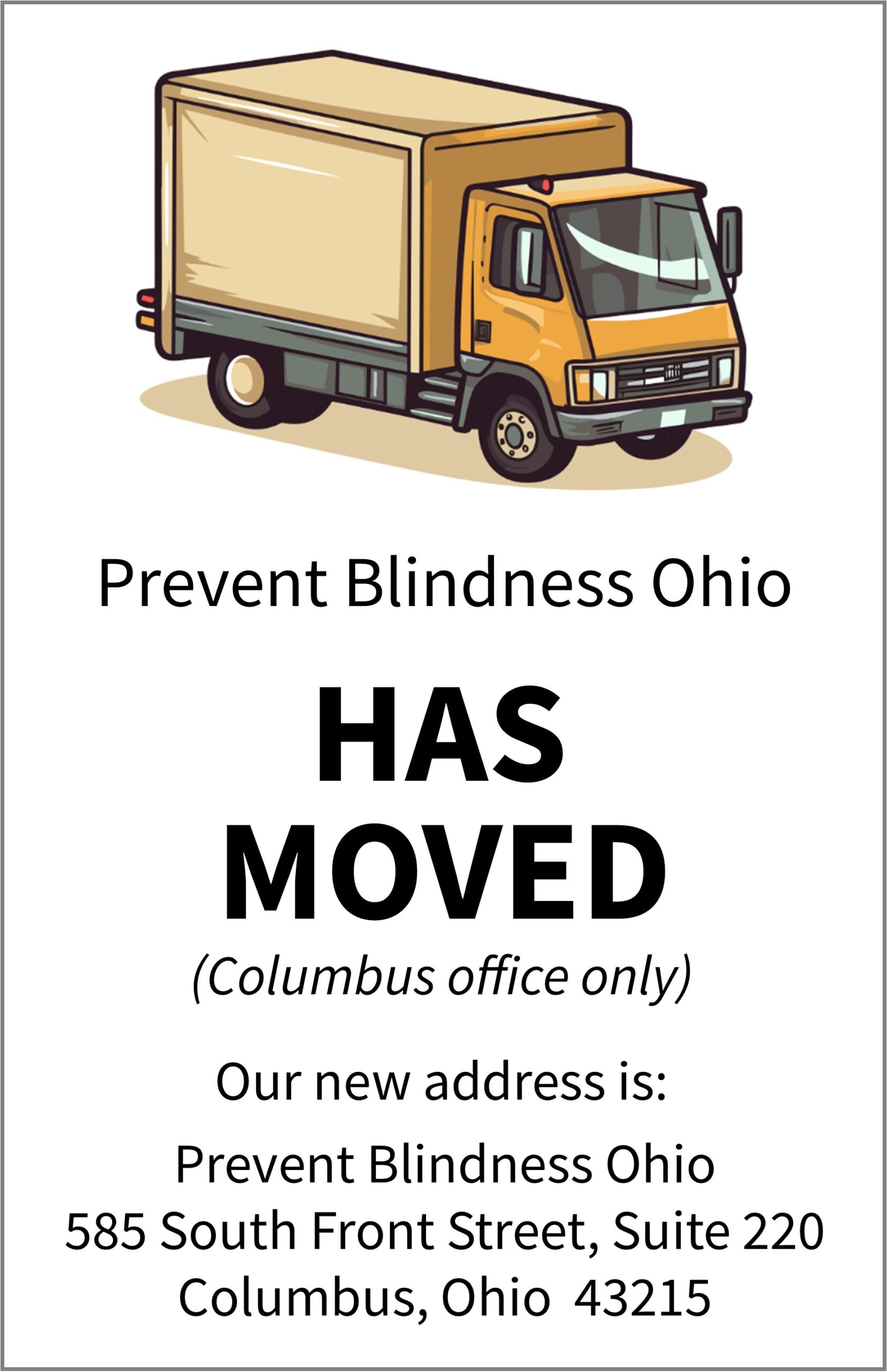Safe driving requires complex visual processing – abilities that may begin to decline as we age. A loss in your visual abilities could endanger you and others on the road. But you can maintain your independence and drive safely longer if you:
- Get a complete eye exam regularly,
- Know the vision issues that can affect your driving,
- Understand the laws in your state about driving as you age, and
- Talk to your eye doctor about maintaining your fitness to drive
It is important to note that visual processing is but one component of safe driving. Other key factors include 1) the motor ability to scan rapidly changing environments; 2) the sensory ability to perceive information in a rapidly changing environment; 3) the attentiveness to process multiple pieces of information; and 4) the cognitive and motor ability to judge information in a timely fashion and to make appropriate decisions.
Know the Law in Your State
The Insurance Institute for Highway Safety provides information about senior driver licensing laws in all 50 states.
Vision and Driving
Visual Acuity
Visual acuity makes it possible for you to notice moving and still objects that you must see, and often notice quickly, to make safe driving decisions. With good acuity, you can read traffic signs, street names, and addresses at a distance with time to react safely to conditions. You also rely on your visual acuity to see any object or hazard on or near the road.
Vision in Low Contrast Situations
Low-contrast visual acuity lets you see and drive safely in rain, snow, fog, or at dusk. Objects do not always stand out clearly from their surroundings, such as potholes, cars without lights on at dusk, pedestrians crossing in front of you in the rain, and almost anything at night not directly in range of your headlights. When your visual acuity for low contract objects decreases, you may not be able to see potential dangers soon enough to respond safely.
Keeping Track of Visual Information
When driving, you must scan your surroundings constantly for potential conflicts with other road users. At the same time, you must pay attention to road features like traffic signs and signals, and landmarks or other information that helps you find your way as you drive. This is most important at intersections, where the majority of serious crashes occur. When you are about to start moving after a traffic light turns green, you look to your left and right and then across the intersection in the direction you’re driving. Being able to locate safety threats quickly and make immediate driving decisions based on information from many different places is a critical part of driving.
What you are aware of in your field of view, and how quickly you become aware of it, can determine whether or not you can drive safely and avoid crashing at an intersection, a shopping center parking lot, or in any driving situation. If your ability to keep track of and process visual information decreases with age, you may have problems identifying and reacting to safety threats.
Visit an Eye Doctor Regularly
Taking care of your eyes and getting regular professional eye care is part of growing older with good vision.



